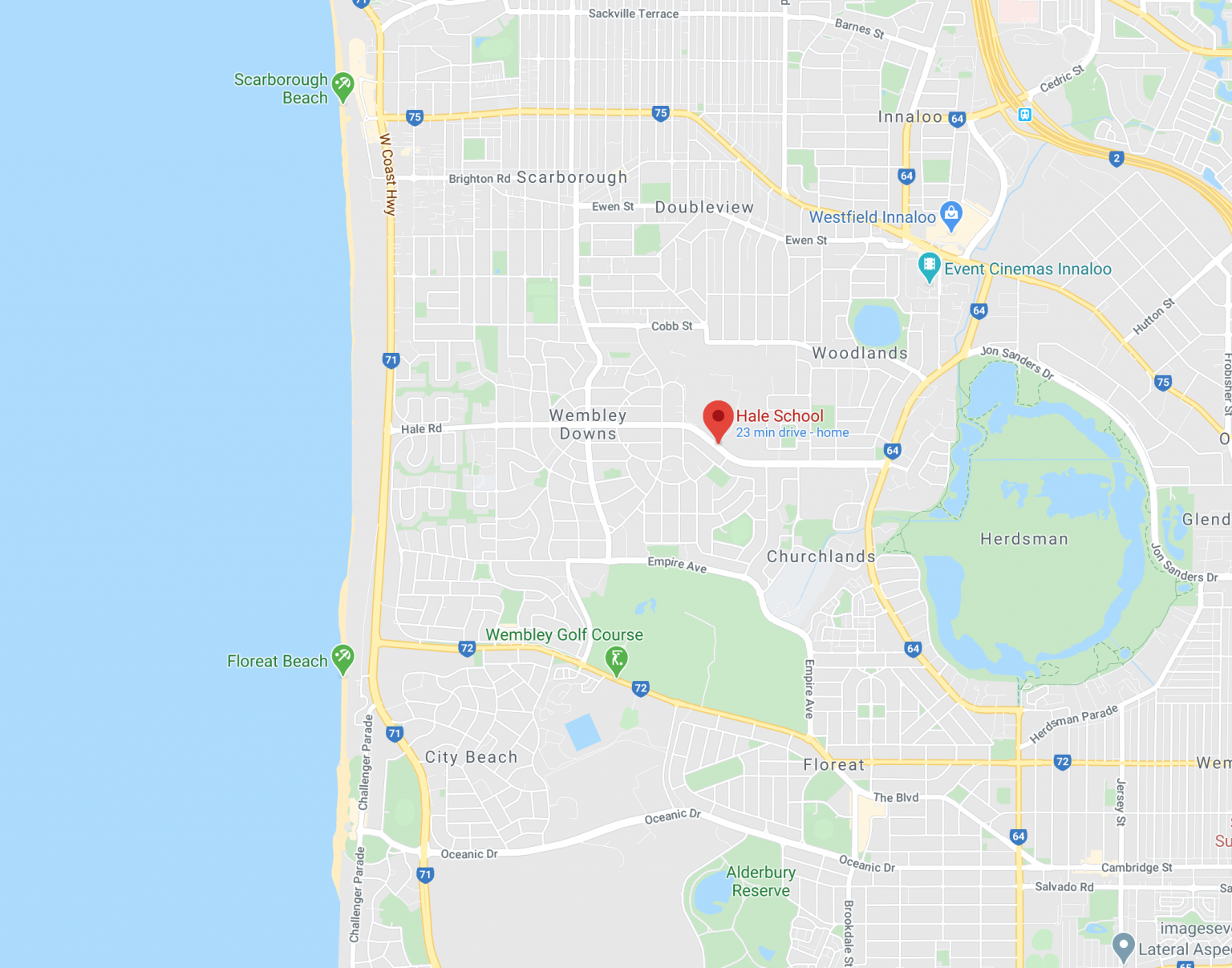There is currently much public discussion and debate around the place and purpose of the ATAR pathway for Year 12 students. One school of thought posits that the multitude of non-ATAR tertiary entry pathways renders the ATAR almost obsolete; a blunt, anachronistic instrument, disadvantageous to some and irrelevant to many.
The appetite for binary arguments in the public space seems only to grow. The issue here should not be ATAR versus non-ATAR pathways, but, rather, systems, cultures and models of professional practice that ensure both pathways are fit for purpose.
Hale is an unashamedly academic school. From its founding in 1858, the School has placed great emphasis on the rich intellectual traditions of the academic and artistic disciplines. As a continuing community of educators, we have long understood that close and careful study of these traditional disciplines not only provides a strong, flexible, and transferable foundation for successful study at university level but has both formative and transformative potential for the boys in our care.
Lest we begin to imagine that a traditional academic focus restricts the opportunity for Hale boys to develop holistically, we need only look around at the many and varied high-level achievements of Old Haleians across all fields of endeavour. For example, Hale counts 15 Rhodes Scholars amongst its alumni, with Max Anderson-Loake (2016) the most recent recipient (2021 scholarship). The criteria for the Rhodes Scholarship are stringent and broad, and include academic excellence, mastery in co-curricular pursuits, good character, devotion to duty and leadership. The scholarship’s founder, Cecil John Rhodes, clearly understood that high-level scholastic endeavour, including the rigorous preparation for examinations, was not mutually exclusive of strong all-round personal and character development!
In February, the Centre for Independent Studies (CIS) released an analysis paper exploring the link between admission standards and completion rates in Australia’s universities. Key findings include that:
- ATAR remains the dominant pathway to university for school leavers, with estimates showing almost three in four use ATAR to gain university entry.
- ATAR is significantly associated with completion: with each ascending ATAR band, completions rise and attrition falls.
- Non-ATAR based admissions are almost twice as likely as ATAR-based admissions to drop out of university in the first year.
The CIS paper concludes: “Given the scandalously low completion rates and high attrition for non-ATAR based admissions, universities should be increasing their use of ATAR, not reducing it.”
If our aim is to provide students with knowledge and skills that not only allow them to enter university, but to flourish once there, courses of study leading to the award of an ATAR would appear to be one valid means of achieving that. That said, Hale remains committed to providing a wide range of rigorous non-ATAR pathways for boys most suited to these.
The simile of a finger pointing to the moon, originating in the Shurangama Sutra Buddhist text, is replete with layers of meaning. One interpretation is that if we focus too hard on the pointing finger (the ATAR in this instance), we remain oblivious to the heavenly glory of the moon. When we perceive learning and growth for each student as the ultimate goal of schooling, Hale’s focus on knowing and valuing each boy and on guiding him along paths best suited to his talents and interests becomes the only thing worth seeing.



